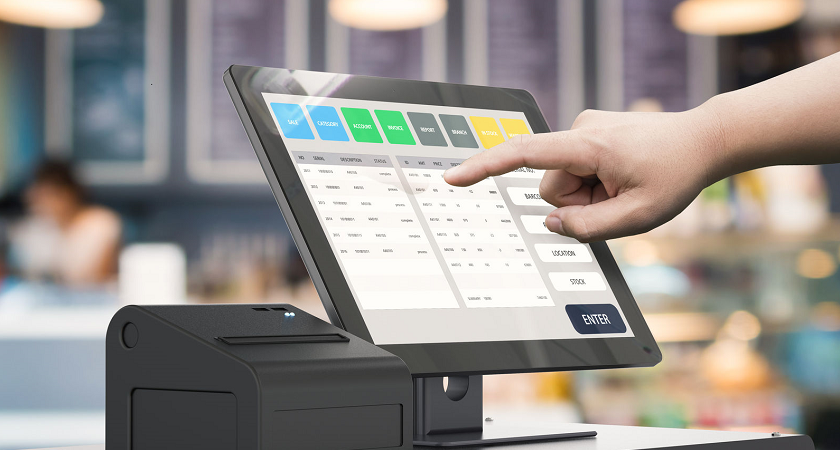Top Common Problems with POS Systems
Common Issues With POS Systems And How To Fix Them To Boost POS Efficiency
The whole point of a business is to be as efficient as possible in accurately tracking the sales and other transactions. There still are many small businesses that prefer to manage their records in a written ledger or spreadsheets. But they are time taking and much more susceptible to human errors.
POS systems came in as an advancement, it saves time and keeps track of transactions with superhuman efficiency. Finding an ideal POS solution for your business might be confusing, as there are many players that offer a large verity of products. We strongly advise you to investigate deeper and even get a second opinion from 3rd party reviews, before you make a purchase.
Although the retailers are retiring their cash registers for the state-of-the-art POS systems, POS systems are not perfect — there are some issues that are borne out of its predictable operation. A number of problems can surface when hardware or software or user do not perform as expected.

Hardware Issues
POS systems involve an array of devices, connected to each other with physical cables or wirelessly. There are workstations, screens, scanners, keyboards, cash drawers, customer-facing displays, receipt printers, wireless data scanners, and a lot of cables. It makes a complicated web of hardware and all of them need to be compatible with each other. There’s too much hardware to malfunction.
Software Issues
POS systems rely on what kind of Operating System is in use. They need special software to perform point of sale functionality. POS systems use software applications to handle every sale related function, such as credit card processing, inventory tracking, and accounting. There is a chance that POS can encounter an error or too many software threads can overload the processor or memory, and when that happens, the system can stop working.
User error
POS systems are complex and that is why retailer or cashiers are given training before using an actual POS system. But it is impossible to reduce these errors entirely, majorly due to unusual circumstances and the human condition.
What are these unusual circumstances that lead to being user experience barriers?
Lagging system
The most common types of issues that make a system slow are low response times and hardware incompatibility or inability.
Low response time can be due to a gigantic database and querying a database of that size can take up a lot of time. Hardware incompatibility can be due to the store preference of saving money over saving time or lack of research while buying the hardware. Cheap hardware can get the job done but it’ll be slow and incapable of making large calculations in the required time.
When the scanning fails
The operation should end at scanning a product but the problem starts when the scanner fails to scan the products. In that case, a cashier has to navigate through the complicated system to search for the specific product in order to make an entry. This is also the case while applying discounts or finding an old transaction.
Deep navigation is difficult in POS systems. This cannot be resolved by typing the name in the search bar because it is possible that the system has misspelt the name or the cashier doesn’t know the name of the products.
Labels
This problem arises when the name of the product is too long to fit or when the name is misspelt or when two or more products have the same icon. For example, an “English Oven Breakfast bread” written as “Refined flour small bread”. Even visual labels are not the best way to overcome this as it introduces another set of problem, such as Icon not clearly displayed or outdated image library or some products having the same icon.
It is impossible to remove all these errors completely but even a percentage of improvement can make a positive impact on sales, cashier’s goodwill and customer loyalty. In recent years, POS systems have been improved greatly. POS systems of 2018 are far more superior than those of 2016’s. But there are a few common mistakes that can be avoided just by conducting a simple research.
